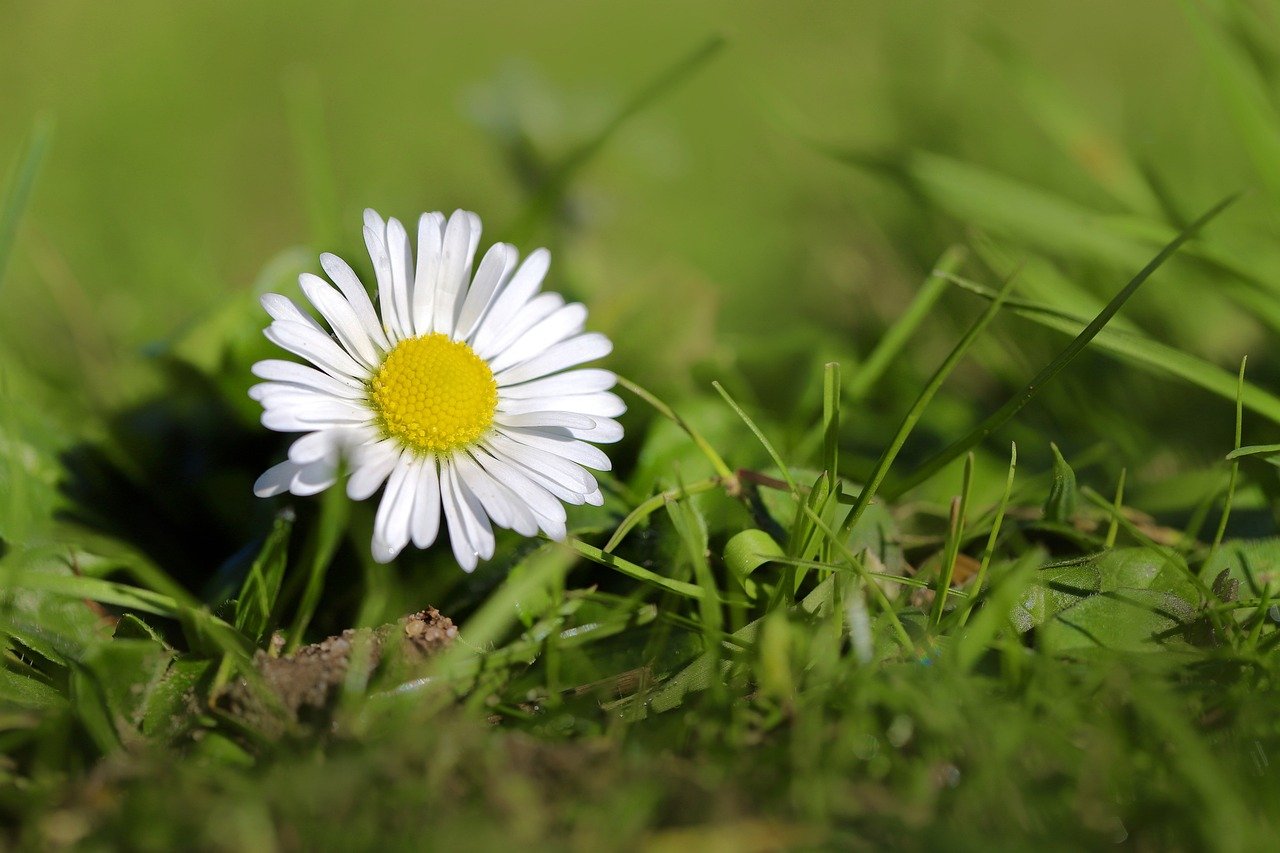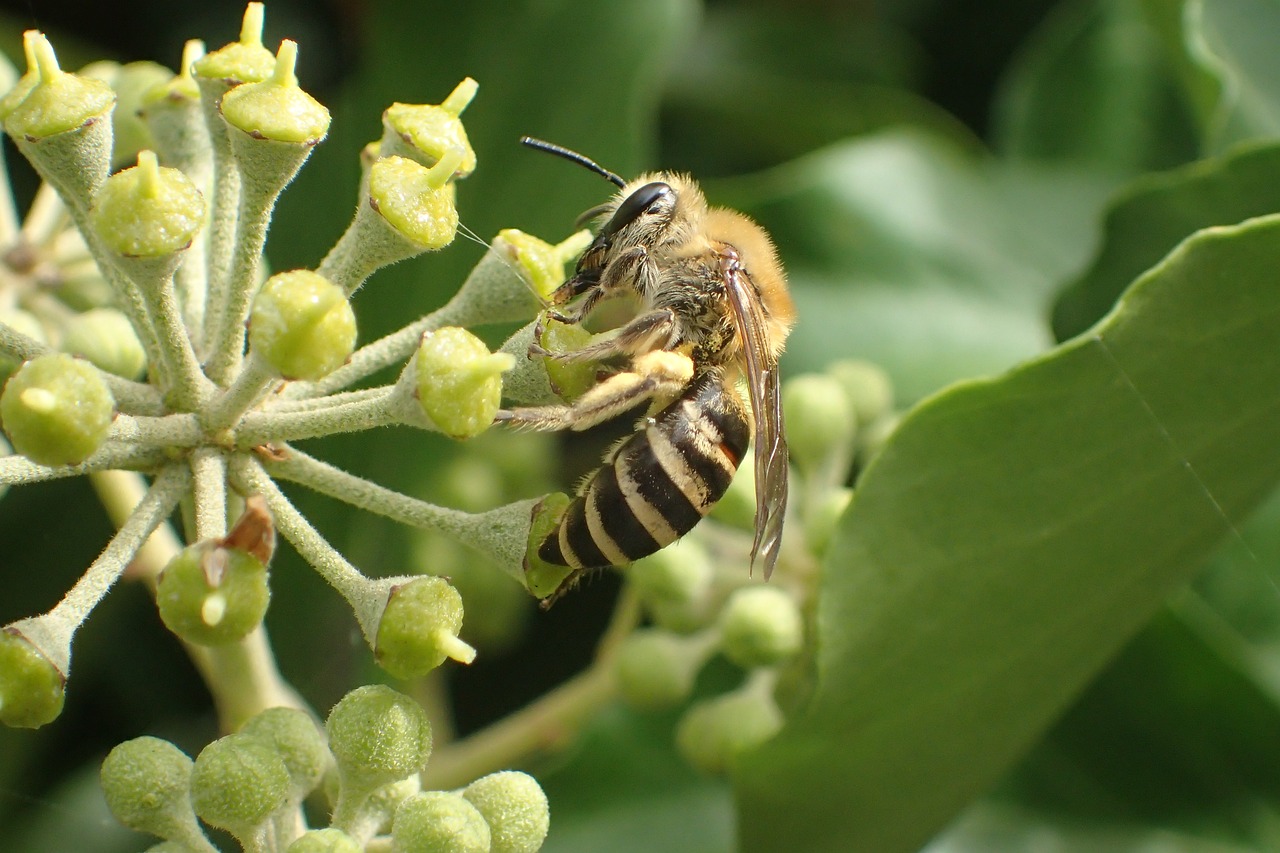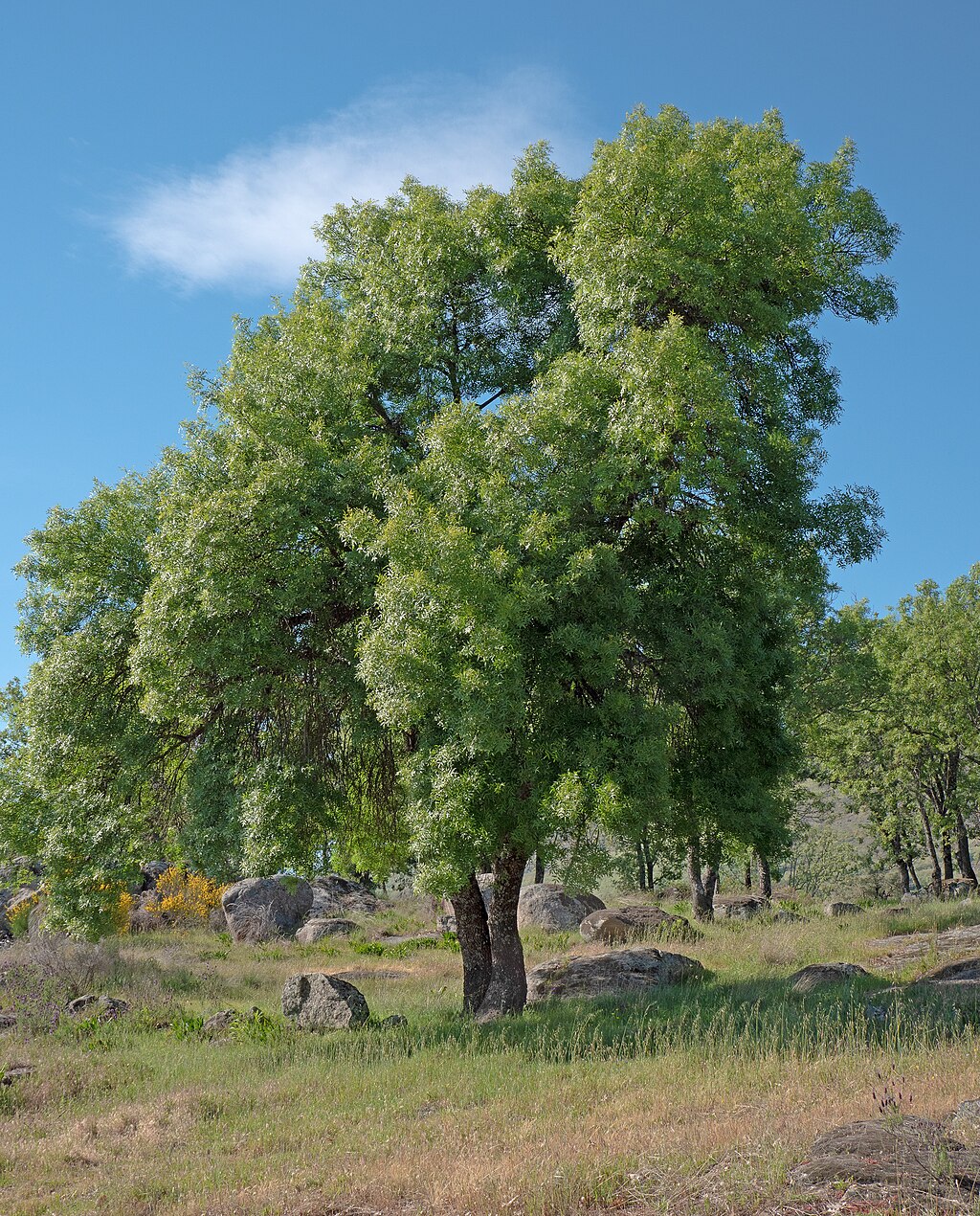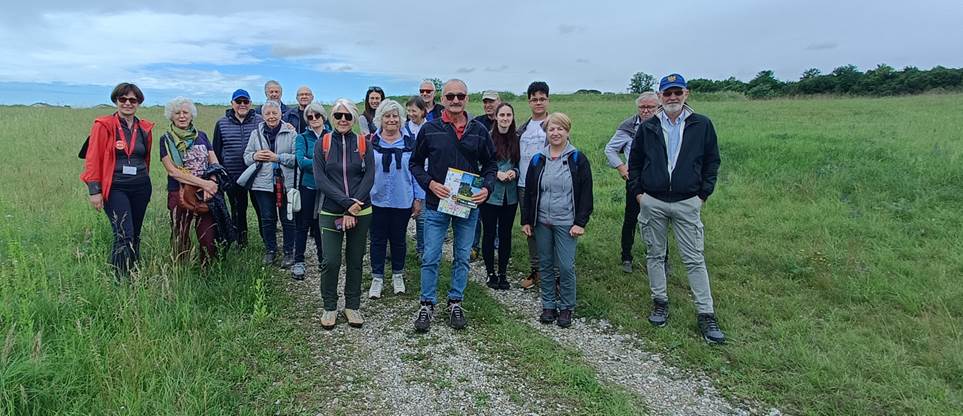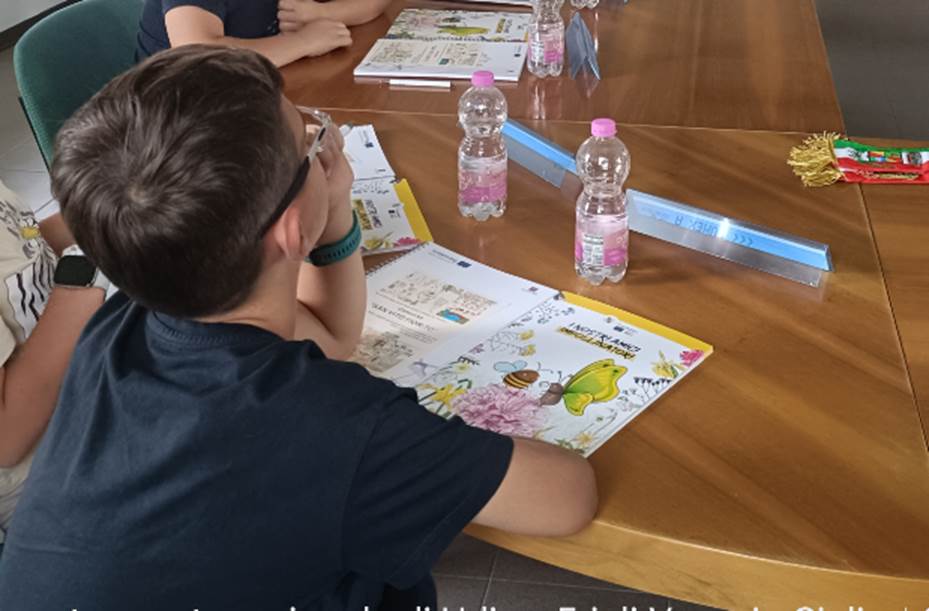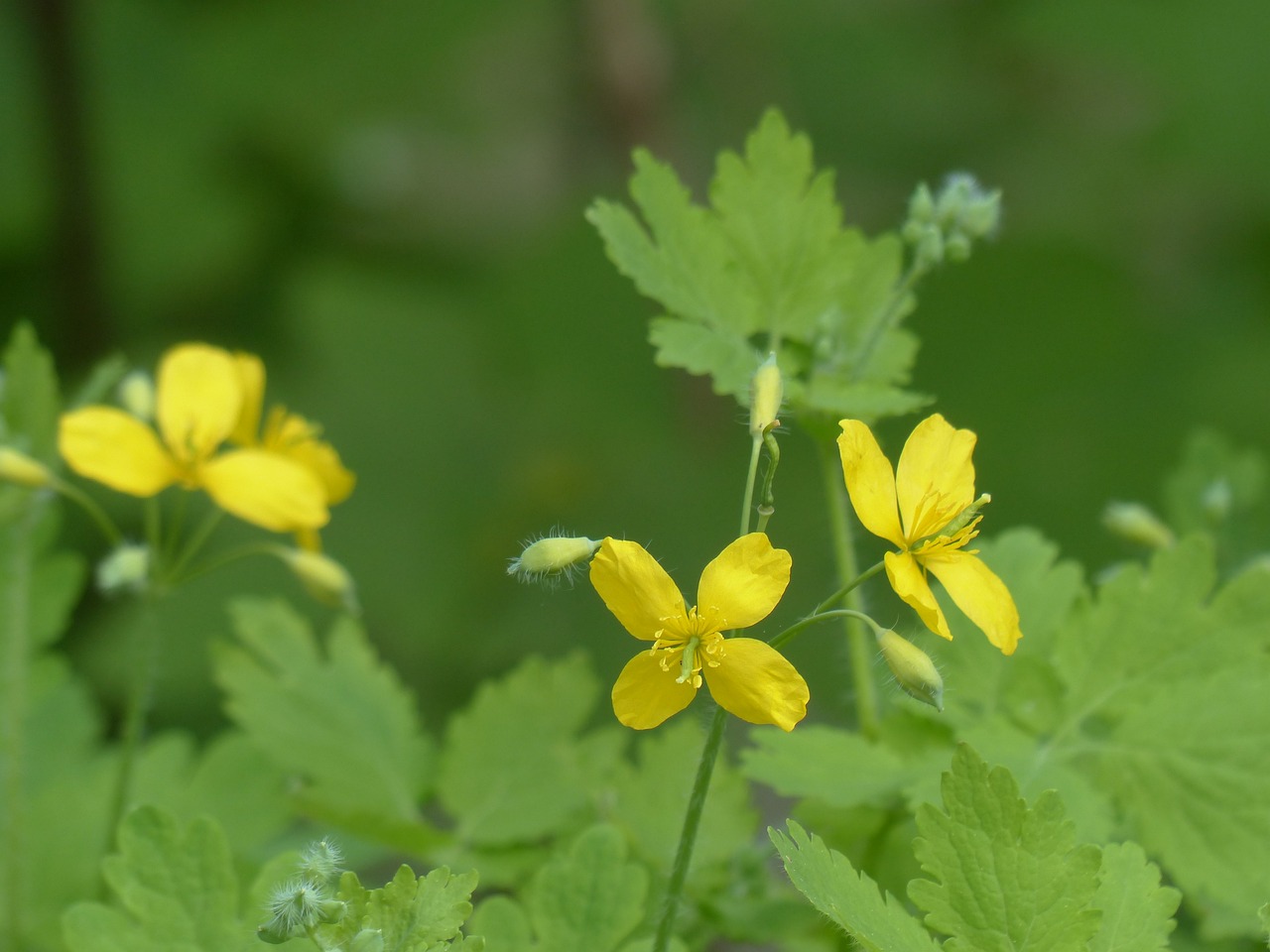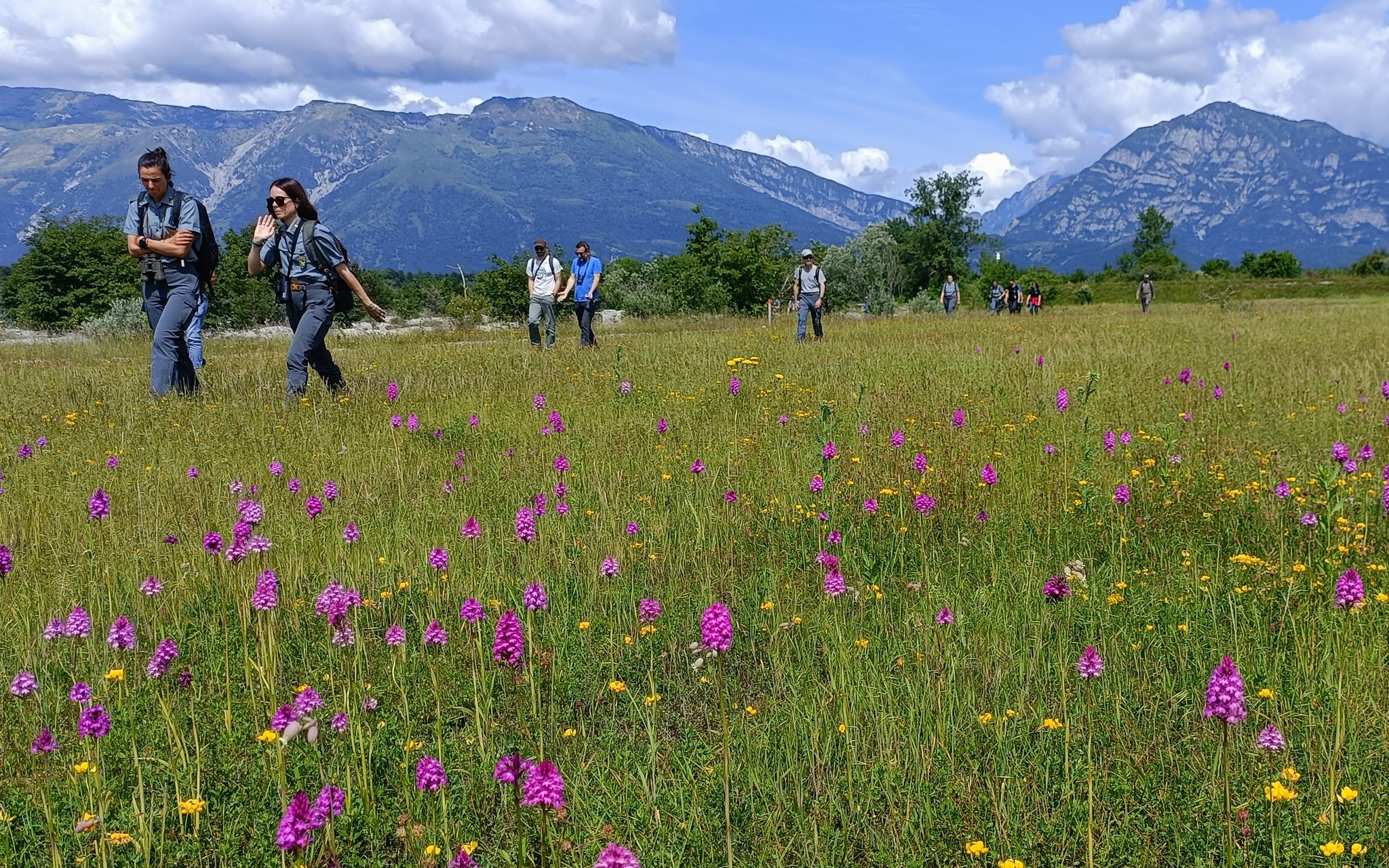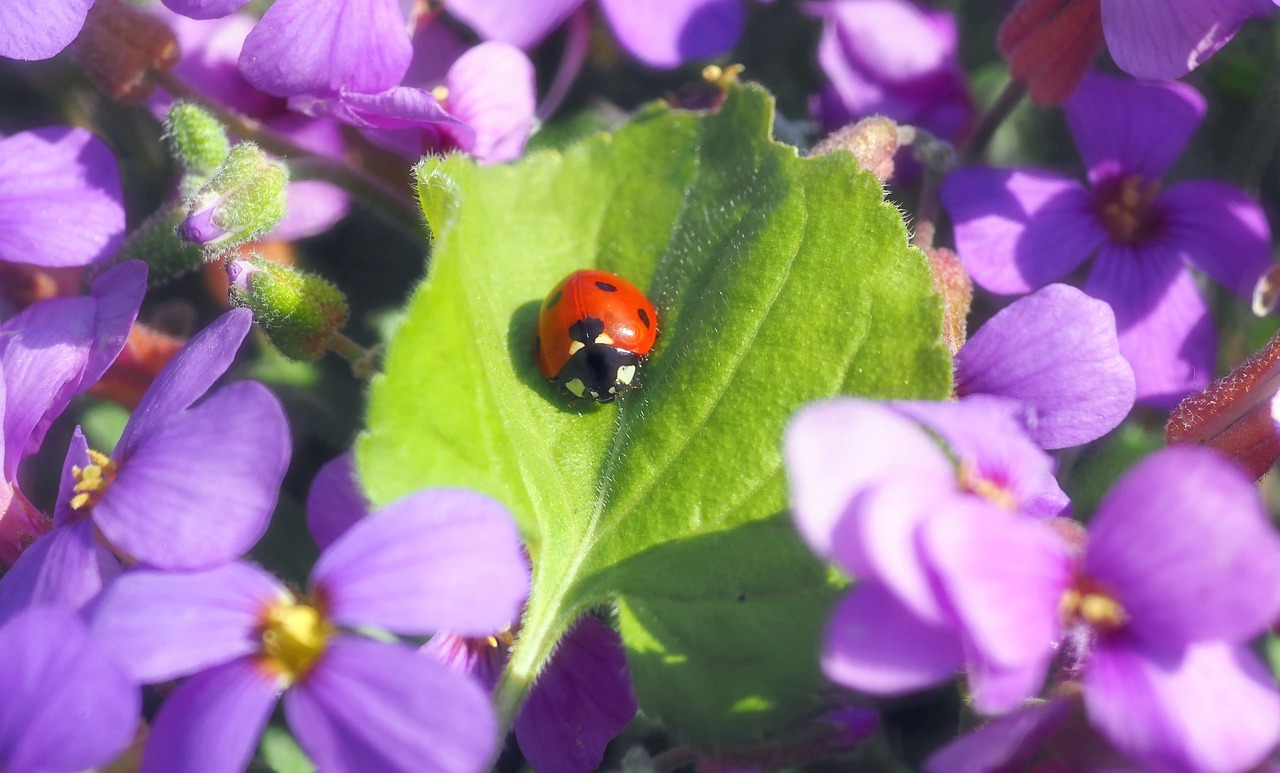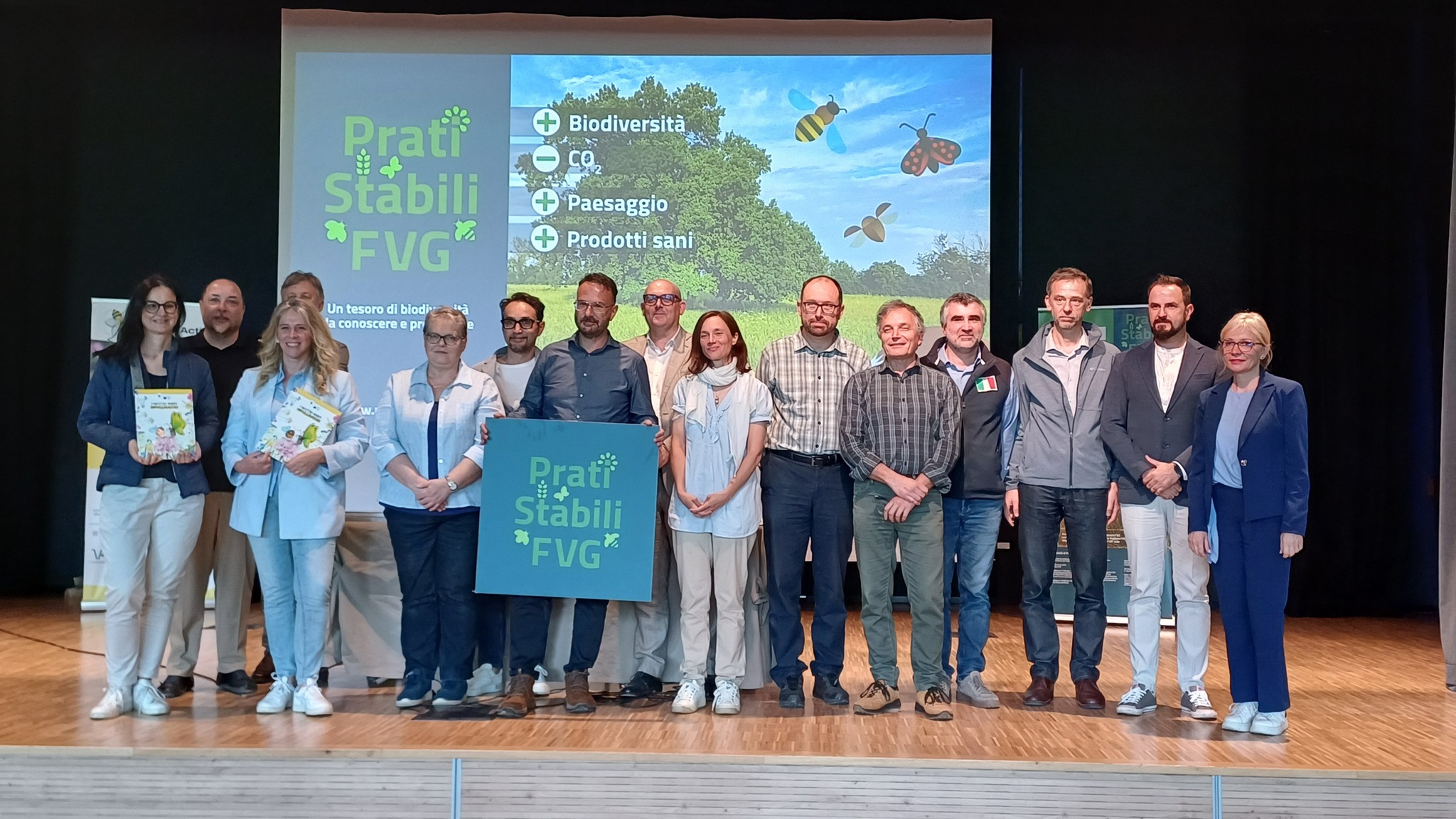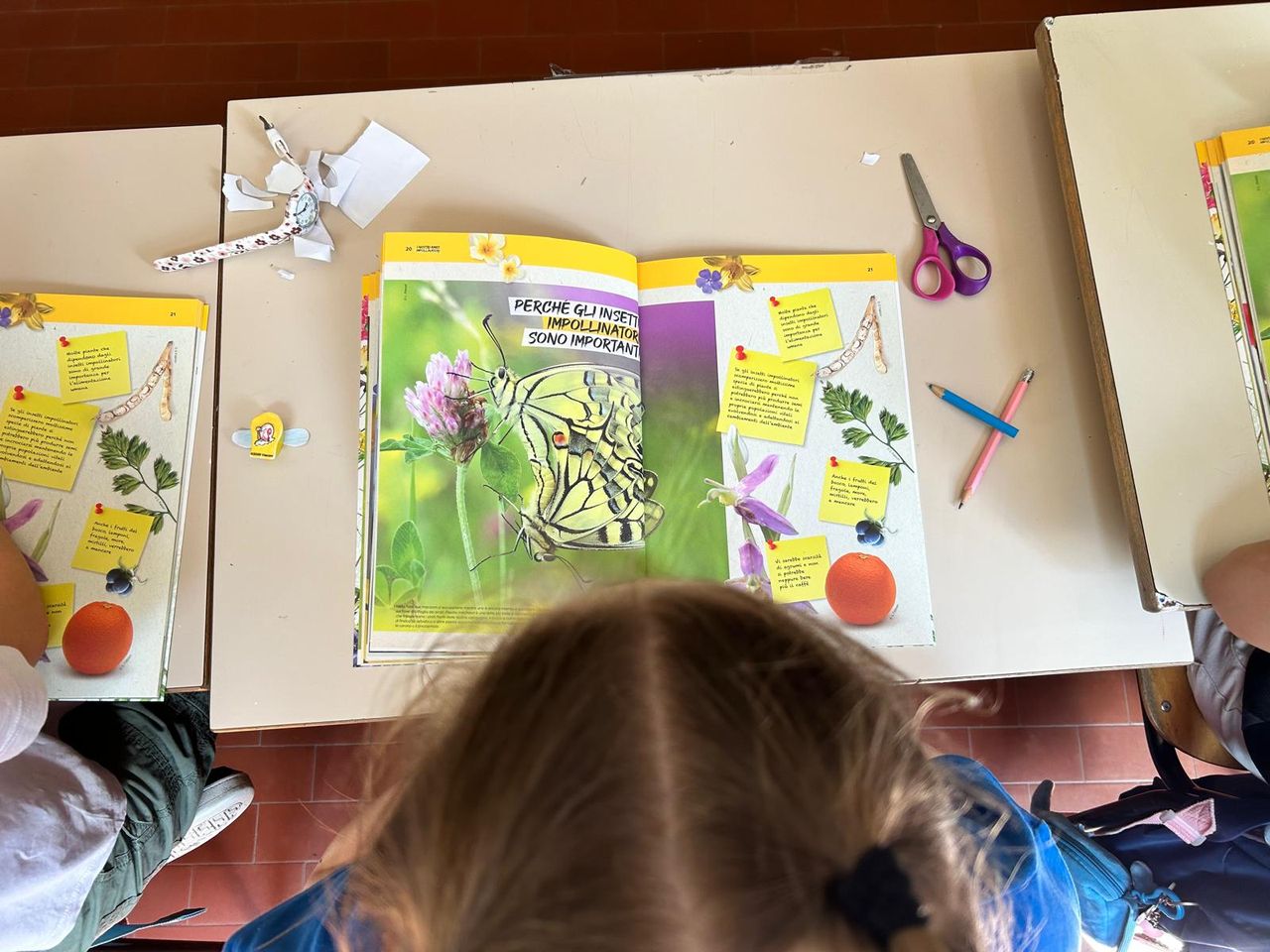Common daisy The daisy of the meadows 🌼
lifepollinaction2024-07-02T11:34:41+02:00Common daisy The daisy of the meadows The common daisy (Bellis perennis, family Asteraceae) is a small flower found almost everywhere, from lowland meadows to high altitudes, and it blooms practically all year round. Despite its apparent fragility, it can withstand temperatures as low as -15°C . Mowed lawns are the ideal habitat for this species, which spreads rapidly to form true clouds of flower heads. The leaves, oval or spoon-shaped, are grouped in a basal rosette. The plant can reach a height of 20-60 cm and belongs to the Asteraceae family. Did you know? Its white and yellow flower [...]


